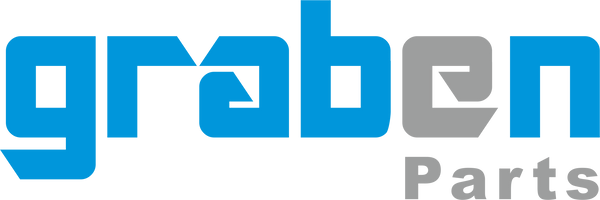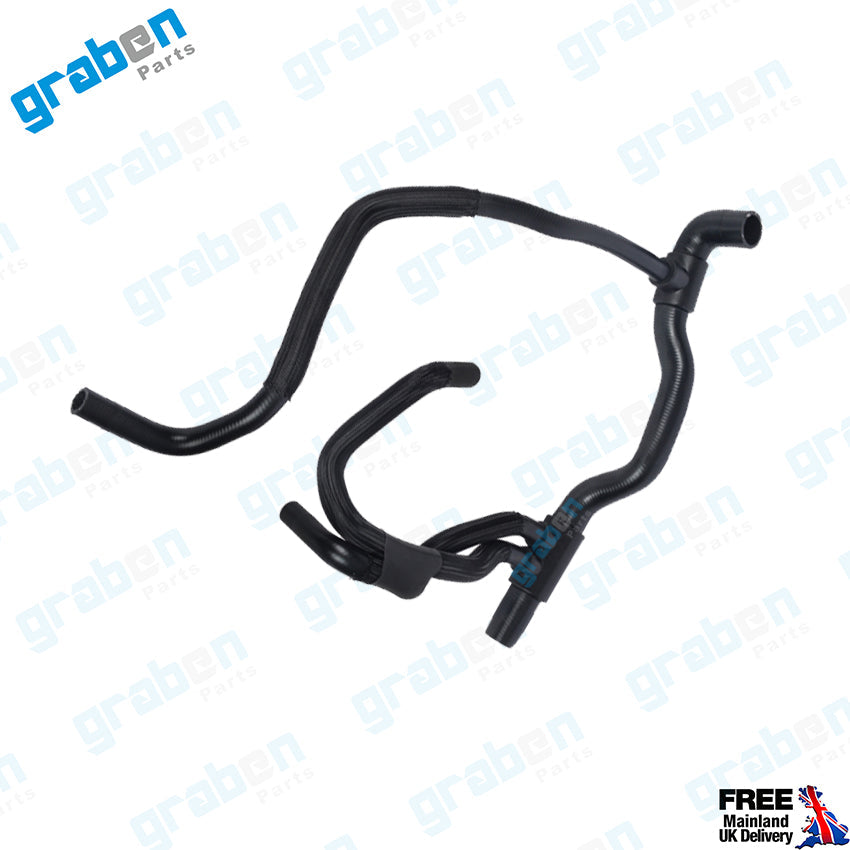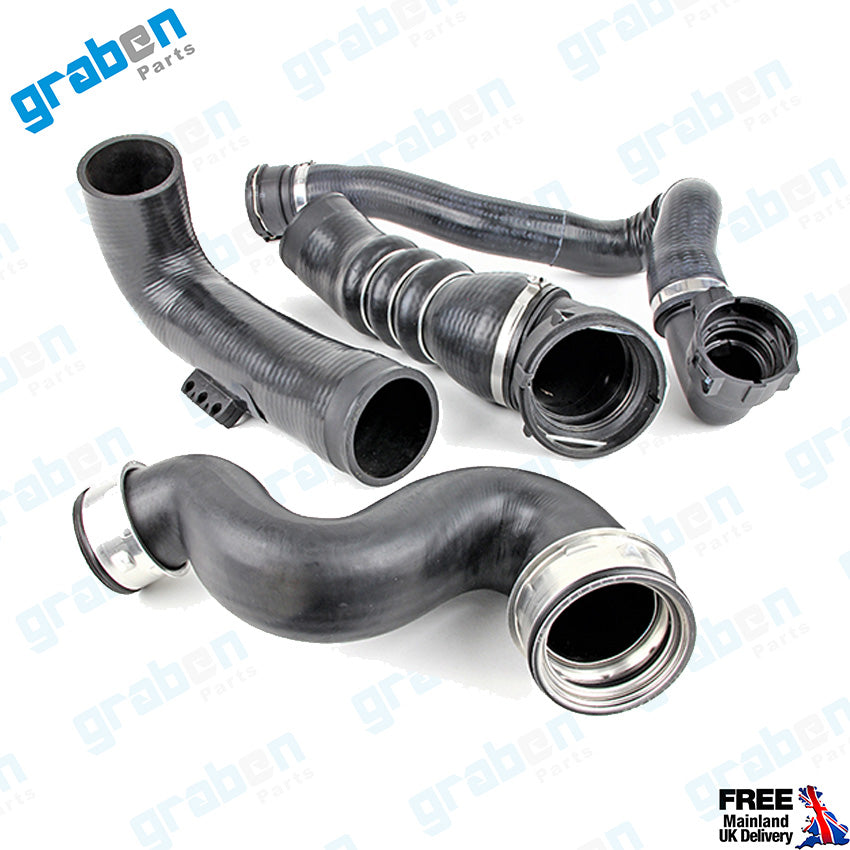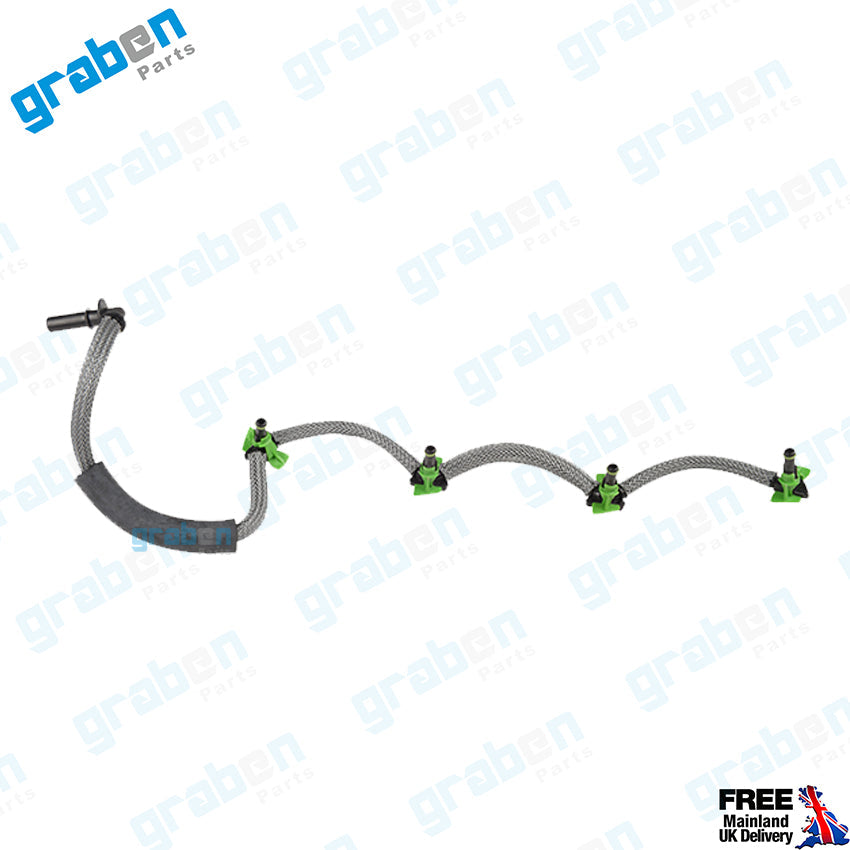
Quality of Textile-Reinforced Rubber Hoses in Cars
Share
Textile-reinforced rubber hoses play a crucial role in the automotive industry, serving as essential components in various systems such as cooling, fuel, and air intake. These hoses are designed to withstand high temperatures, pressures, and mechanical stresses, ensuring the smooth operation of vehicles. The quality of these hoses significantly impacts a car’s performance, durability, and safety. This article explores the characteristics of high-quality textile-reinforced rubber hoses, their advantages, and factors affecting their performance.
Key Characteristics of High-Quality Textile-Reinforced Rubber Hoses
- Material Composition High-quality textile-reinforced rubber hoses are made from premium rubber compounds such as EPDM (ethylene propylene diene monomer), NBR (nitrile butadiene rubber), or silicone, combined with strong textile reinforcements like polyester or aramid fibers. These materials ensure excellent resistance to heat, chemicals, and mechanical wear.
- Durability and Flexibility The strength of textile reinforcement provides durability and resistance to cracking under stress, while the rubber component maintains flexibility, preventing kinking and ensuring easy installation.
- Temperature and Pressure Resistance These hoses must withstand extreme temperatures, ranging from -40°C to over 150°C, depending on the application. Additionally, they should endure high-pressure conditions without deforming or bursting.
- Chemical Resistance Automotive fluids such as coolant, fuel, and oil can degrade low-quality hoses. High-quality rubber hoses are engineered to resist chemical degradation, ensuring longevity and reliable performance.
- Leak-Proof Performance A well-manufactured hose maintains a tight seal, preventing leaks that could lead to engine failure, overheating, or fluid contamination. This is achieved through precise manufacturing processes and high-quality rubber-to-textile bonding.
Advantages of High-Quality Textile-Reinforced Rubber Hoses
- Extended Lifespan: Superior materials and manufacturing techniques result in hoses that last longer, reducing the need for frequent replacements.
- Improved Safety: Reliable hoses prevent fluid leaks, reducing the risk of engine malfunctions and accidents.
- Enhanced Vehicle Performance: Efficient fluid and air transfer support optimal engine and system functionality.
- Cost Efficiency: Though high-quality hoses may have a higher initial cost, they reduce maintenance expenses in the long run by minimizing failures and replacements.
Factors Affecting Hose Quality and Performance
- Manufacturing Standards Adherence to industry standards such as SAE (Society of Automotive Engineers) and ISO (International Organization for Standardization) ensures that hoses meet rigorous quality and safety criteria.
- Reinforcement Type and Density The type and density of textile reinforcement directly impact a hose’s ability to withstand pressure and mechanical stress. Denser reinforcement layers improve strength and durability.
- Installation and Maintenance Proper installation prevents unnecessary strain on hoses, while regular inspections help identify wear and tear before failure occurs.
The quality of textile-reinforced rubber hoses in cars is vital for ensuring efficient and safe vehicle operation. Selecting high-quality hoses made from durable materials with strong reinforcement enhances performance, longevity, and reliability. Investing in premium hoses ultimately reduces maintenance costs, improves vehicle safety, and contributes to optimal driving experiences. Manufacturers and consumers alike must prioritize quality when choosing automotive rubber hoses to maintain superior performance and long-term durability.



